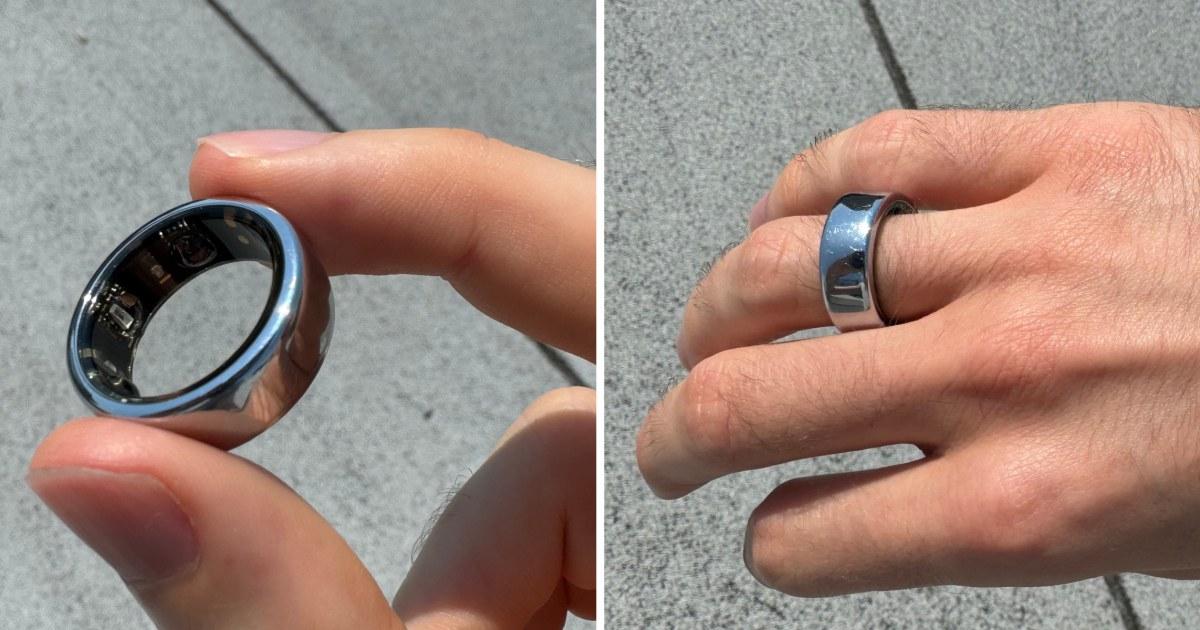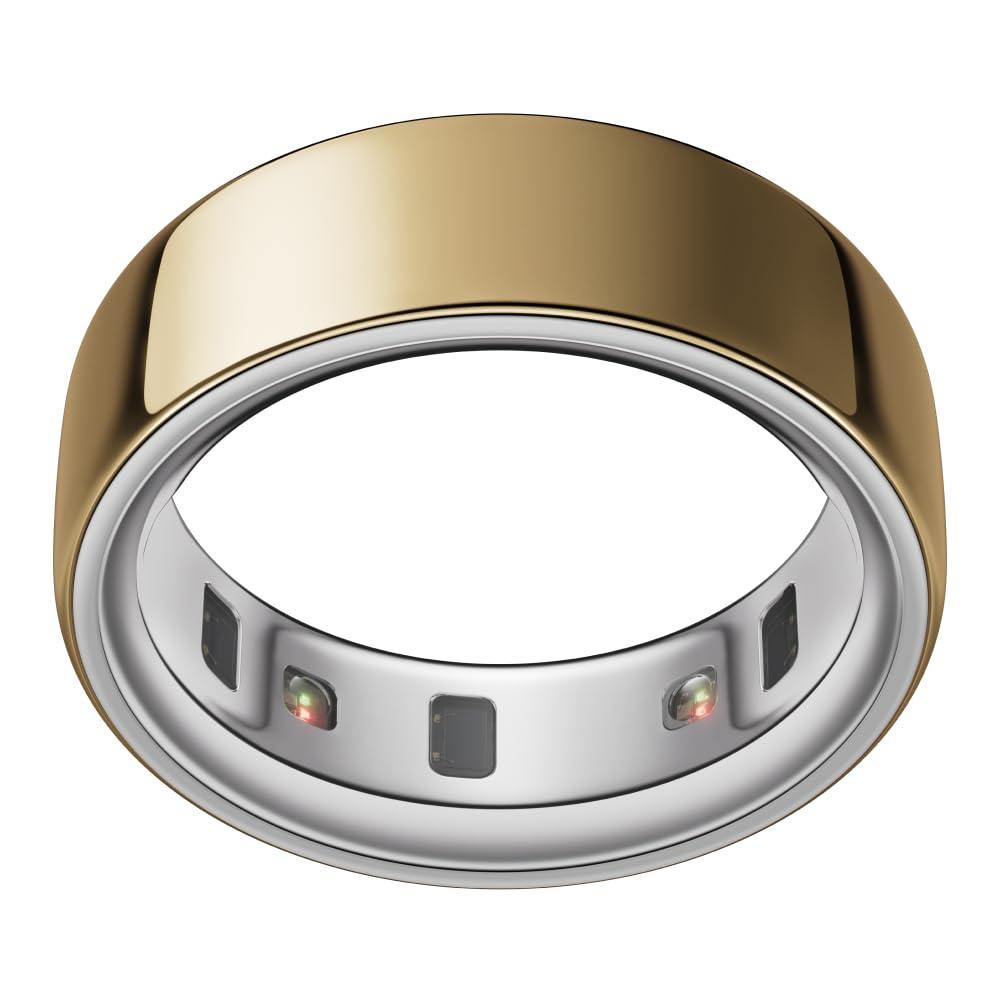In the ever-evolving landscape of wearable technology, the Oura Ring has emerged as a frontrunner in personal health monitoring, consistently gaining traction for its sophisticated design and innovative features. As sleep apnea continues to be a prevalent yet often undiagnosed condition affecting millions worldwide, the intersection of advanced wearable technology and clinical health outcomes becomes increasingly significant. The Oura Ring Gen 4, the latest iteration of this remarkable device, now boasts enhanced capabilities for tracking sleep patterns and physiological data, positioning it as a potential game-changer in detecting sleep apnea. This article delves into the clinical evidence surrounding the Oura Ring Gen 4’s effectiveness in identifying sleep apnea, exploring its implications for early diagnosis and better sleep health management. Join us as we unravel how this sleek piece of technology is not only changing the way we track our sleep but also reshaping the future of sleep apnea detection.
Oura Ring Gen 4 Unveiled: A Technological Leap in Sleep Monitoring
The Oura Ring Gen 4 represents a significant advancement in the realm of sleep monitoring, particularly for those concerned with sleep apnea. This next-generation wearable not only factors in heart rate variability and oxygen levels but also leverages advanced algorithms to analyze sleep patterns more comprehensively than its predecessors. By continuously monitoring physiological signals, the Oura Ring can detect anomalies that may indicate the presence of sleep apnea, a condition that affects millions yet remains largely undiagnosed.
Clinical studies demonstrate the efficacy of the Oura Ring in identifying sleep disturbances related to apnea episodes. Key findings include:
- Enhanced Accuracy: The ring utilizes photoplethysmography to monitor blood flow, providing more precise readings.
- Real-Time Alerts: Users receive notifications when abnormal patterns are detected, prompting timely medical consultation.
- Sleep Data Insights: Detailed insights into sleep stages and quality help users understand their sleeping behavior.
| Feature | Description |
|---|---|
| Sleep Staging | Breakdowns sleep into REM, deep, and light phases for precise tracking. |
| Oxygen Saturation Monitoring | Tracks blood oxygen levels to detect hypoxemia related to sleep apnea. |
| Battery Life | Up to 7 days on a single charge, ensuring continuous monitoring. |

Understanding Sleep Apnea: How Oura Ring Gen 4 Facilitates Early Detection
Sleep apnea, a common but often overlooked sleep disorder, can lead to severe health consequences if left undiagnosed. Oura Ring Gen 4 has emerged as an innovative tool for facilitating the early detection of this condition. By leveraging advanced sensors and algorithms, the Oura Ring can monitor various physiological metrics that are indicative of sleep apnea, including:
- Heart Rate Variability (HRV): An essential indicator of autonomic nervous system function.
- Oxygen Saturation Levels: Regular monitoring of oxygen levels can reveal irregular patterns during sleep.
- Sleep Stages: Detailed tracking of light, deep, and REM sleep helps identify disturbances in sleep patterns.
This device empowers users to become active participants in their health by providing actionable insights into their sleep quality and any potential apnea signs. Through consistent nightly tracking, users can notice patterns and trends that indicate the need for further medical evaluation. A summary of the Oura Ring Gen 4’s features supporting sleep apnea detection is detailed in the table below:
| Feature | Benefits |
|---|---|
| Sleep Tracking | Identifies disruptions caused by apnea episodes. |
| Oxygen Monitoring | Recognizes critical drops in oxygen levels during sleep. |
| Heart Rate Monitoring | Links increases in heart rate to incidents of apnea. |

Clinical Insights: Evidence Supporting Oura Ring Gen 4 in Sleep Apnea Diagnosis
Recent studies have begun to highlight the potential of the Oura Ring Gen 4 as a promising tool for the detection of sleep apnea. With its advanced biometric sensors, the Oura Ring monitors various physiological parameters, including heart rate, respiratory rate, and blood oxygen levels. These metrics are crucial in assessing the likelihood of sleep disturbances associated with sleep apnea. In clinical trials, participants wearing the Oura Ring demonstrated significant correlations between their measured sleep patterns and traditional sleep study results, showcasing the ring’s capability to track irregular breathing events during sleep.
Key findings from these clinical insights indicate that the Oura Ring Gen 4 can provide actionable data to users and healthcare professionals alike. The ring offers features such as:
- Heart Rate Variability (HRV): An important indicator of sleep quality.
- Detailed Sleep Staging: Differentiating between light, deep, and REM sleep.
- Resting Heart Rate Trends: Allowing for insights into overall health and recovery.
- SpO2 Monitoring: Detecting fluctuations in blood oxygen saturation which can signal apnea episodes.
This combination of data can aid in the early identification of sleep apnea, allowing for timely intervention and management. The simplicity and accessibility of the Oura Ring transform conventional sleep health strategies, empowering individuals to take control of their sleep health while providing healthcare providers with valuable information for diagnosis.

Maximizing the Benefits: Recommendations for Using Oura Ring Gen 4 Effectively
To unlock the full potential of the Oura Ring Gen 4, integrating it into your daily routine can amplify its benefits, particularly for sleep apnea detection. Consistency is key; wearing the ring every night allows for a comprehensive analysis of your sleep patterns over time. This continuous data collection can reveal trends and help identify triggers for sleep disturbances. Pairing the insights gained from the ring with personalized lifestyle adjustments—such as establishing a regular sleep schedule, optimizing your bedroom environment, and minimizing caffeine intake—can enhance the overall quality of your sleep.
Moreover, engaging with the Oura app’s features can provide a deeper understanding of your health metrics. Utilize the Sleep Score and Readiness Score to assess how well you are recovering and whether your lifestyle choices are supporting your sleep quality. Leveraging the insights from your activity levels and heart rate data can guide adjustments in exercise and stress management strategies. Below are some recommendations to consider:
- Engage with the Community: Join Oura’s online forums to share experiences and gain insights from other users.
- Track Dietary Influences: Monitor how different foods and drinks affect your sleep data.
- Regular Check-ins: Schedule weekly reviews of your data to identify patterns or areas for improvement.
To Wrap It Up
In conclusion, the Oura Ring Gen 4 has emerged as a promising tool in the realm of sleep apnea detection, bridging the gap between advanced technology and clinical application. With a wealth of evidence highlighting its ability to monitor sleep patterns and physiological signals, this innovative device offers a glimpse into the future of personalized health monitoring. As we continue to understand the complexities of sleep disorders, the integration of wearable technology like the Oura Ring may not only enhance diagnostics but also pave the way for proactive interventions. While further research is essential to solidify its clinical standing, the potential for a deeper understanding of our sleep health is within reach. As we embrace these advancements, the journey towards better sleep—and a healthier tomorrow—enters an exciting new phase.
